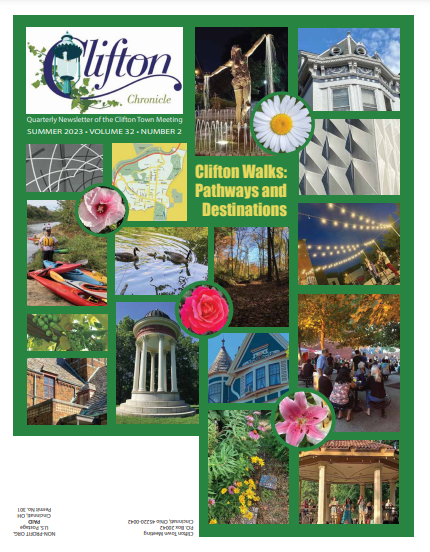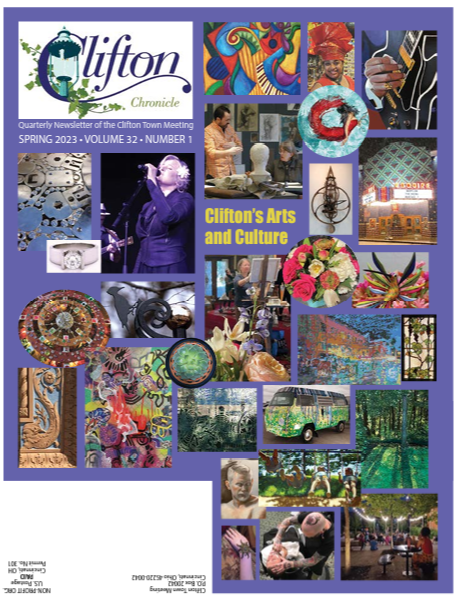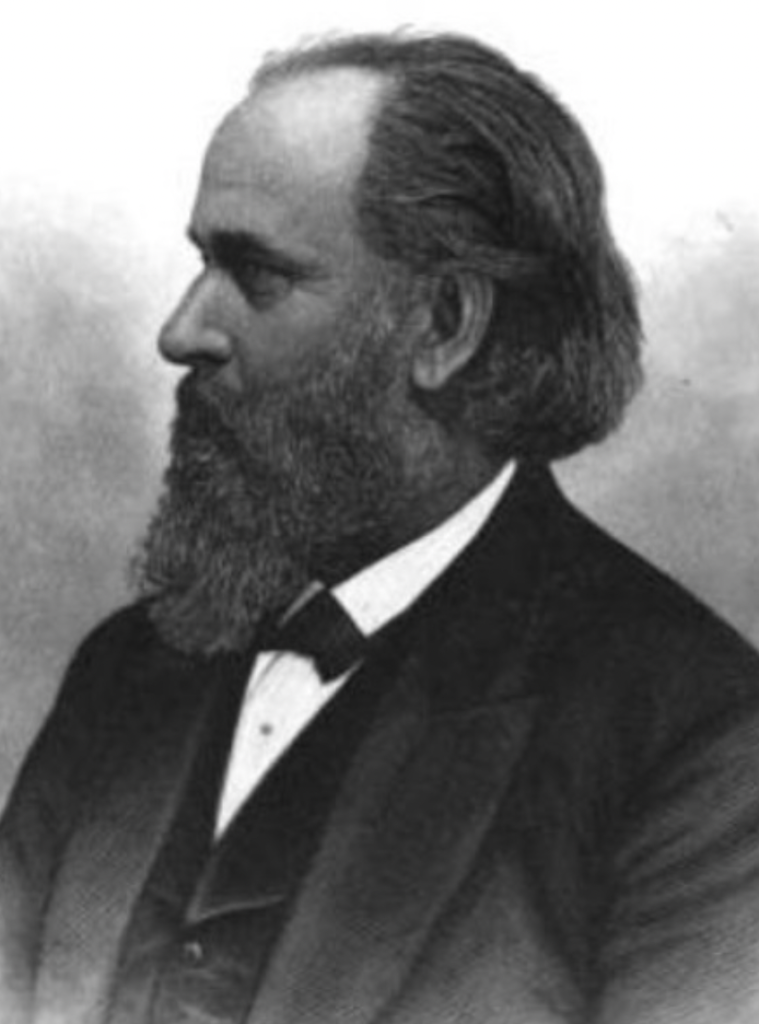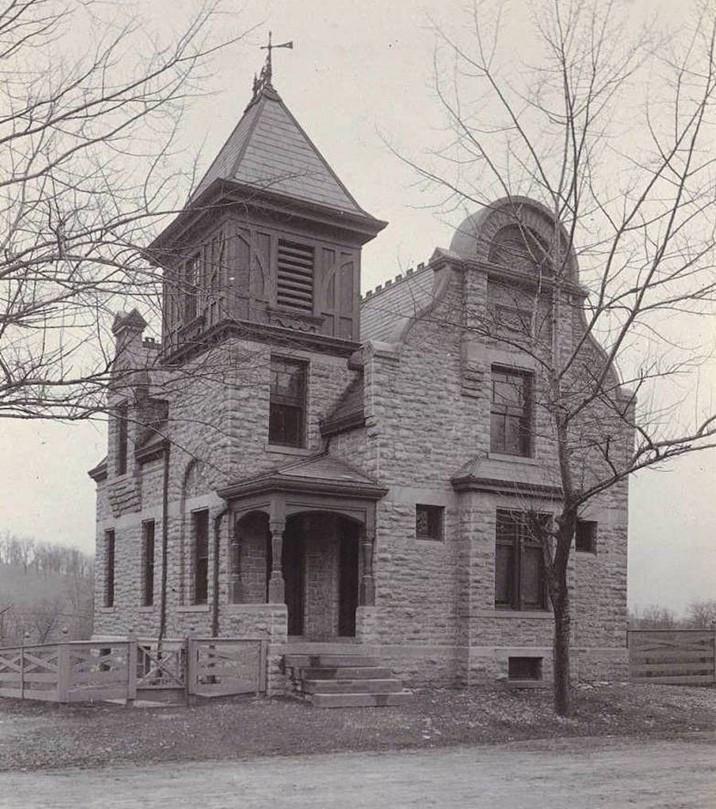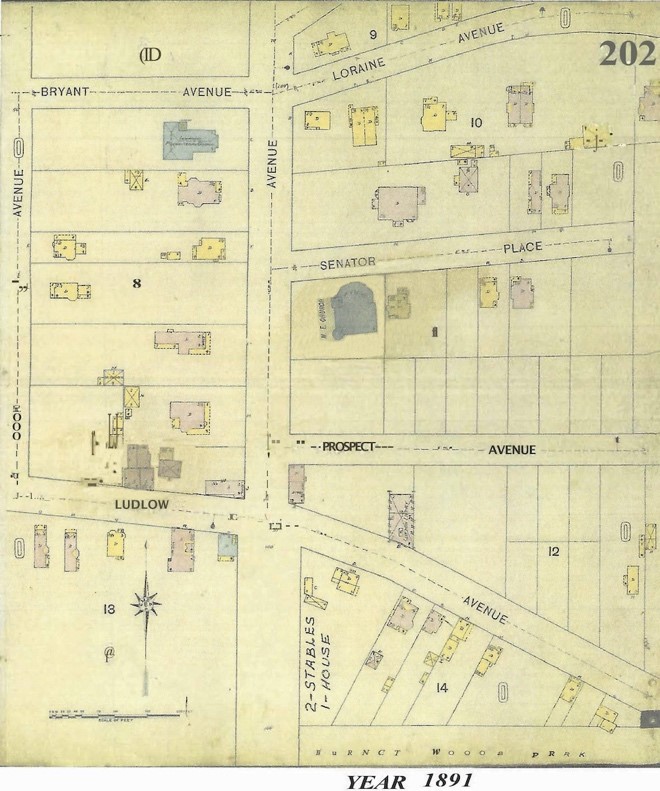Early 6:30 p.m. start will feature candidates and election issues; regular CTM meeting to follow
The public is welcome to attend. Public input on CTM agenda items will be heard after Trustee discussion is complete. Community members wishing to address the Board on an agenda item should sign up to speak at least 24 hours before start of the meeting by completing this Google form or with an email request directed to the president at contactctm@cliftoncommunity.org. Individual input on agenda items will last no more than two minutes.
Community members may speak on non-agenda issues during the public questions and concerns period at the end of the meeting. Individuals with statements are asked to sign in before the start of the meeting. Such statements should last not more than two minutes and are invited during the public questions and concerns period. Email your request to speak (specify the topic), or to request an agenda item at the next meeting to contactctm@cliftoncommunity.org.
Agenda
Join in-person: Clifton Recreation Center, 320 McAlpin Avenue
Join Remotely: https://meet.google.com/qym-wjou-ncx
Agenda
Join in-person: Clifton Recreation Center, 320 McAlpin Avenue
Join Remotely: https://meet.google.com/tao-fyqq-sxn
| Start Time | Topic | Topic Lead |
| 6:30 p.m. | Welcome and Roll Call | Pres. Gerald Checco, Secretary Gee |
| Candidate/Issue Night | ||
| 3 minutes per speaker, 2 minutes each for questions | Speaker | Topic |
| 6:30 6:35 6:40 | Todd Zinser David Mann Kevin Flynn | Sale of Rail |
| 6:45 | Thane Maynard | Zoo |
| 6:50 | Jeanne Strauss DeGrout | Library |
| 6:55 7 p.m. | Bryan Cannon Eve Bolton | Board of Education |
| 7:05 7:10 7:15 7:20 7:25 7:30 7:35 | Jan Michelle Kearney Reggie Harris Jeff Cramerding Seth Walsh Anna Albi Mark Jeffreys Victoria Parks | City Council |
| 7:40 | Break | |
| 7:45 | Approval of August and September CTM minutes | Secretary Gee |
| 7:47 | Treasurer Report, Bi-Annual Review | Treas. Noonan |
| 7:50 | Police Report | Officer Dent |
| 8:05 | Fire Report | |
| 8:10 | Clifton Recreation Center Report | Director Fitzpatrick |
| 8:15 | Clifton Branch Library Report | Director Strauss DeGrout |
| 8:20 | Chronicle Report | Trustee Jan Brown Checco |
| 8:25 | Clifton Area Neighborhood Schools (CANS) Report | Julia Bonfield |
| 8:30 | Bylaws Discussion – Clarification of bylaws, language consistency (items B, C, D, E, I, G) – Board Representation (items A, F, K, M) – Board flexibility, accountability (items H, L, J, N) -CTM Member (non-board) proposal (item O) | Trustees Lienhart and Gregg |
| 9 p.m. | Report AdHoc Unhoused in Burnet Woods Committee | Peter Block |
| 9:05 | Other Committee Updates and Reports | Various |
| 9:10 | Community Questions/Concerns | |
| 9:15 | Adjournment – 11/6/2023 at 6 p.m. – Elections – 11/6/2023 at 7 p.m. – Meeting | Pres. Checco |

